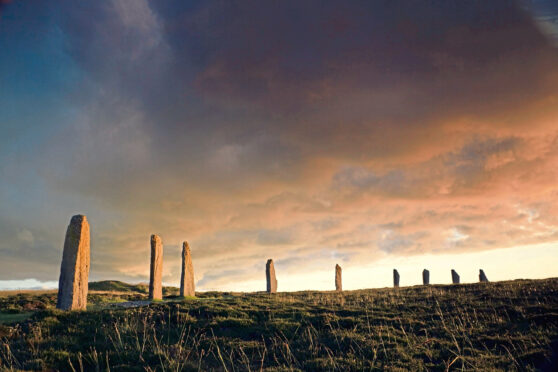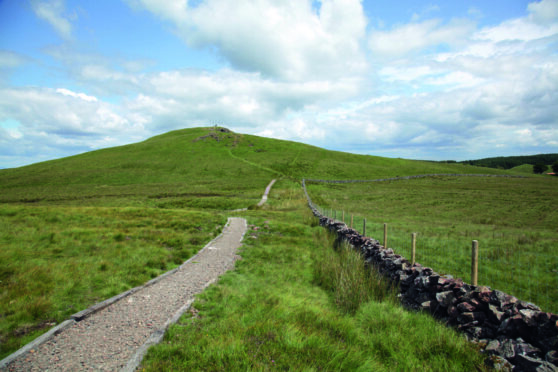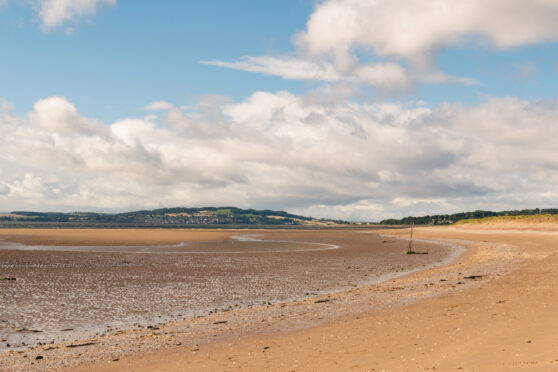
Hundreds of stone circles have been discovered in Scotland, but why were they built?
Theories include places of worship, sacrifice, burial, as season indicators, astronomical observatories, clocks, or meeting places.
Most of the circles have been found to align with certain star systems but to what end? Although we may never know the true purpose of the circles it must have been incredibly important to the Neolithic peoples who built them.
Creating a stone circle would have been a huge undertaking across generations. Giant slabs of rock, each weighing tonnes, had to be cut and transported miles to the chosen site.
Then there was the business of hauling these stones upright, digging the surrounding ditch, and calculating the exact measurements to get a perfect circle.
Ancient stone circles are not just native to Scotland, or indeed the UK. They can be found throughout Europe, often in mountainous landscapes. Many were uncovered in the Pyrenees between Spain and France, in the Cevennes in southern France, in the Alps, and in Bulgaria. Most date from around 3000 BC, but some are as much as 2,000 years older than that. It is thought the circle builders used the peaks of the mountains as reference points for aligning the stones.
The exact number of stone circles in Scotland is not clear, but they are found all over the country and sometimes in the most unlikely of places. Indeed, there’s an archaeologist’s paradise in the far north of Scotland on the Orkney Islands. Among countless Neolithic ceremonial sites, four iconic monuments – Maeshowe chambered tomb, two stone circles, and the settlement of Skara Brae – are recognised as the heart of Neolithic Orkney.
The most famous of the sites is the Ring of Brodgar, an enormous stone circle and henge dating back to 3000 BC. The largest stone circle in Scotland, it was originally comprised of 60 stones. The stones themselves are red sandstone and reach between seven and 15ft tall. Today, 27 are still standing in their original positions – in a true circle, 340ft in diameter.
It has been theorised that the circle was used to chart the rise of the moon and constellations to tell the passage of the seasons.
If this is true, the circle’s location would make sense. It sits practically in the centre of a massive natural cauldron, formed by the hills of the surrounding landscape.
Today the stone circle is almost completely surrounded by the Loch of Stenness and the Loch of Harray, but when it was built this area was one big marshland.
As more of the structure was unearthed, it became clear that the stone circle was part of a much larger prehistoric complex.
To the south east of the Ring of Brodgar stands another stone circle, the Stones of Stenness. Four giant megaliths, at a towering 16ft high, date back to 3100 BC making it one of the oldest stone circles in Britain.
A map of the Ring of Brodgar shows the Stones of Stenness and the Stones of Bookan to the north-west, in a mirror image of Orion’s Belt in the night sky. Were they an attempt at time travel? We may never know.

Enjoy the convenience of having The Sunday Post delivered as a digital ePaper straight to your smartphone, tablet or computer.
Subscribe for only £5.49 a month and enjoy all the benefits of the printed paper as a digital replica.
Subscribe





